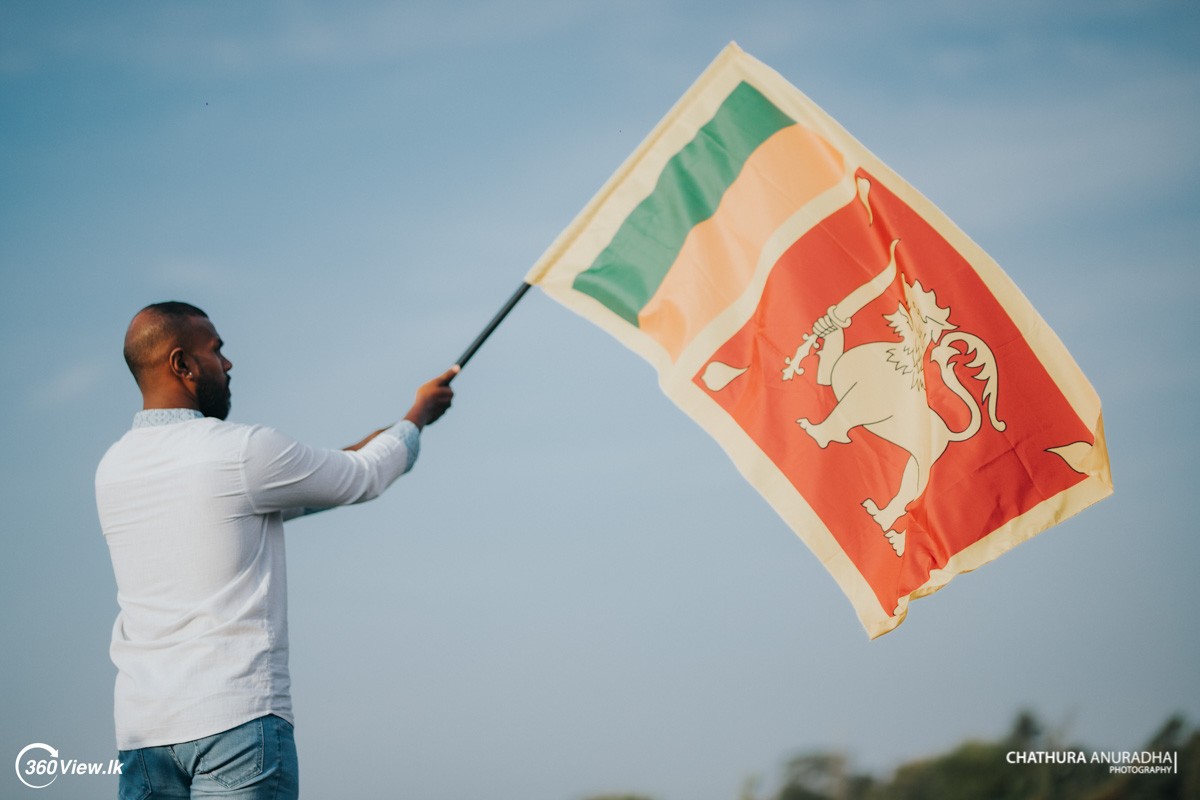
Do you know the history behind Sri Lanka’s national flag? The flag symbolises national pride and unity for Sri Lankans, and its design has a fascinating story behind it. In this blog post, we’ll explore the history of the Sri Lankan flag and its significance to the country.
What is the National Flag of Sri Lanka
The National Flag of Sri Lanka is a yellow and orange flag divided into two parts. On the left are two strips of orange and green, representing the country’s two most significant minorities: the Tamils and the Muslims. In the centre of the flag is a lion holding a sword, representing the majority Sinhala race. The four corners feature Bo leaves, which represent courage and strength. The flag was officially adopted in 1978 and has become a symbol of Sri Lankan unity and national pride. It is often seen in public places, flown by government buildings, and displayed in homes throughout the country.
The History of Sri Lanka’s National Flag
The Sri Lankan National Flag is a significant symbol of the country’s history and heritage. It has been in use since the reign of King Vijaya in the 5th century BC. Over the centuries, it has become a symbol of freedom and independence for the Sri Lankan people. In 1948, a National Flag Committee was established to design a new flag representing all Sri Lankans. The committee proposed a design featuring a lion holding a sword and two vertical stripes of green and orange at the hoist. This design was officially adopted on December 17, 1978 and continues to be used today as the nation’s official flag.
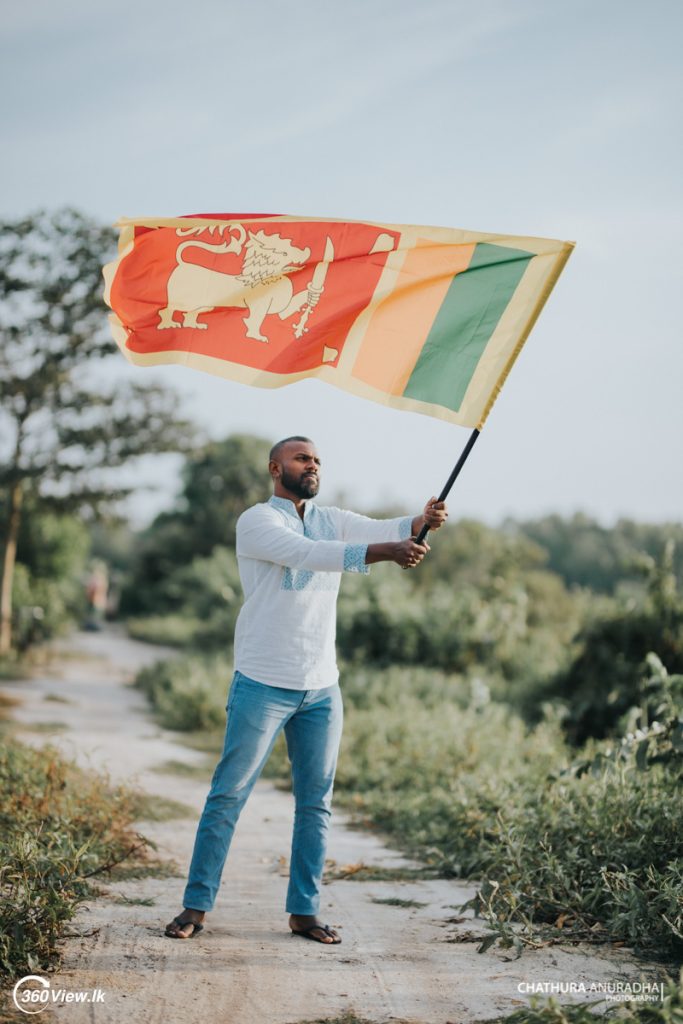
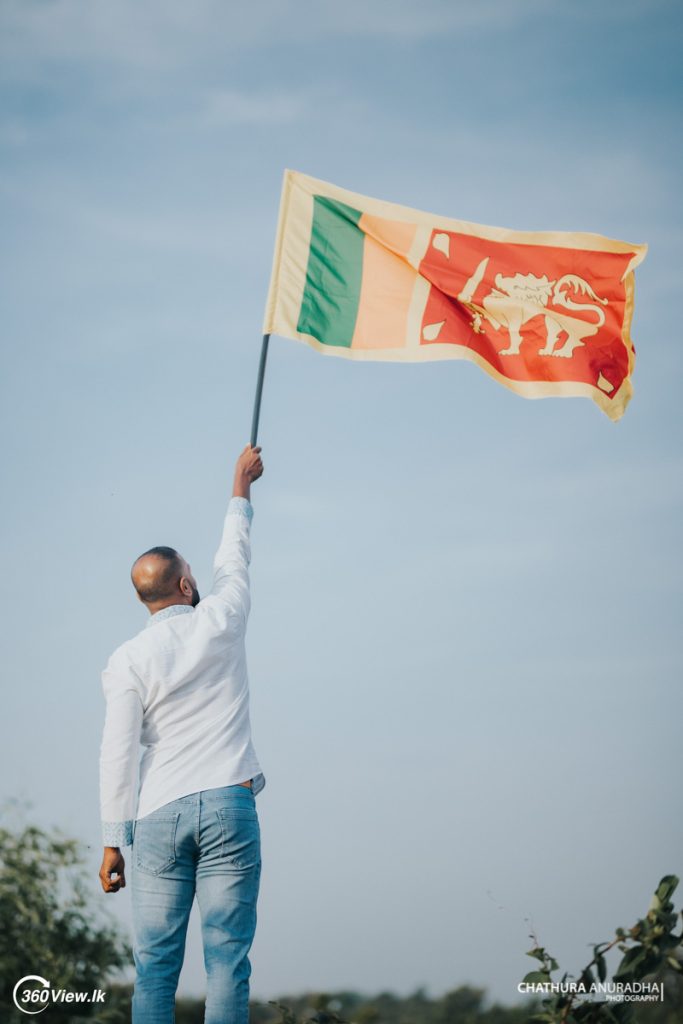
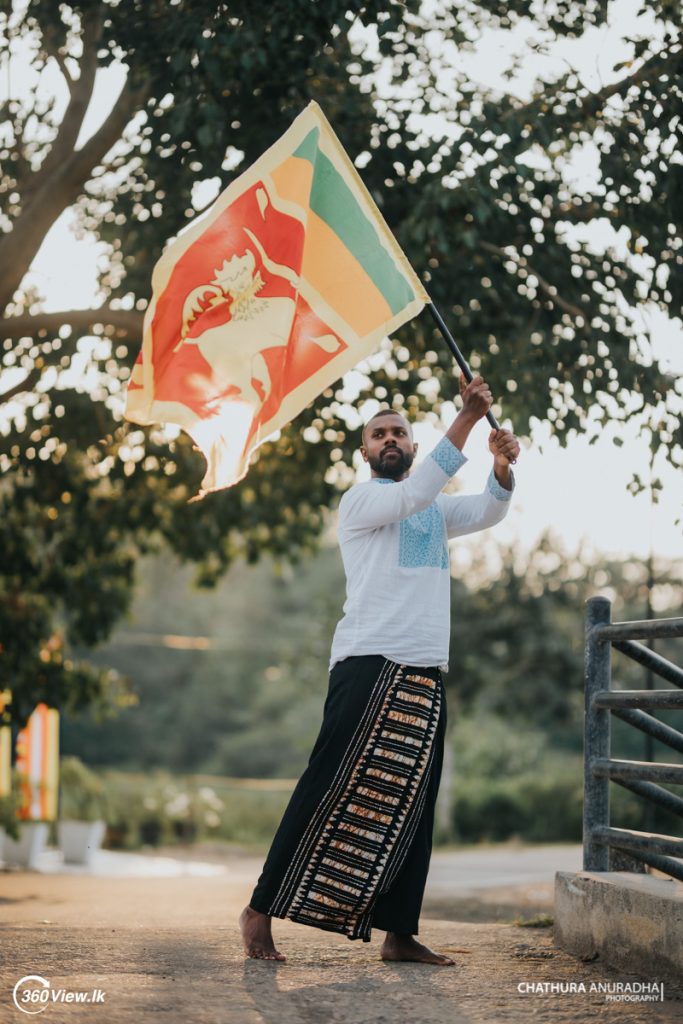
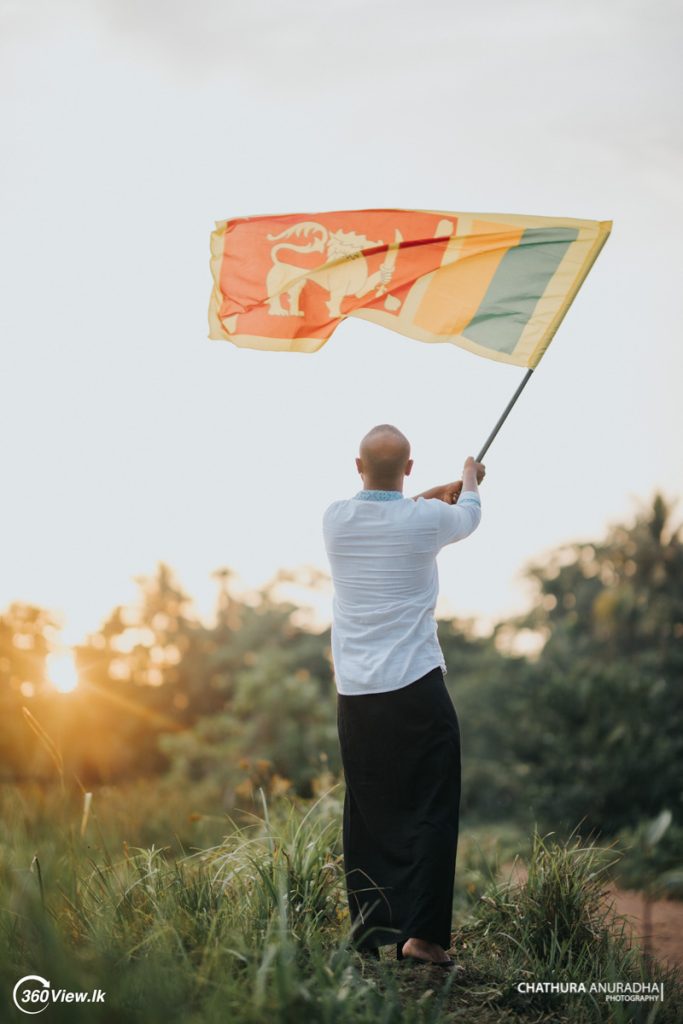
Who designed Sri Lankan Flag
The design of the Sri Lanka National Flag we know today was proposed in 1948 by A. Sinnalebbe. A picture of the civil standard of the last King of Sri Lanka, Sri Wickrama Rajasingha, inspired the flag. It featured a lion holding a sword, lotus leaves and two vertical stripes in orange and green representing the Hindus and Muslims on the island. The flag was officially adopted on December 17, 1978. The lion is thought to have first appeared when King Vijaya arrived in Sri Lanka from India and has been used as a symbol of strength ever since.
The Sri Lanka Flag Background Texture
The Sri Lanka flag background texture is an integral part of the national flag design and has a long history. It was first adopted in 1948 when the National Flag Committee decided to use a silk fabric with a red and yellow background. This background was chosen because it symbolised strength and unity, both essential values for Sri Lankans. The material also represented the traditional craftsmanship of Sri Lanka and its rich cultural heritage. The fabric was later updated in 1972 when the government adopted the official flag. Today, the Sri Lanka flag background texture features a navy blue shade to represent the country’s sovereignty, with the lion and sword remaining in gold.
The Meaning of the Colors in the Flag
The colour of the Sri Lankan flag is symbolic and has a deep meaning. The yellow background of the flag represents the country’s culture, while the bold red stripe on the hoist side symbolises the blood of those who have given their lives for freedom and justice. The two vertical stripes are green and orange, representing the minority Muslim and Hindu Tamil communities. The yellow colour is also said to symbolise the four virtues of kindness, compassion, joy and equanimity. Finally, the lion holding a sword in the centre of the flagsymbolises bravery and courage. It also stands for power, justice and sovereignty.
Why is the lion holding a sword in Sri Lanka Flag?
The lion and sword on the flag are two of the most iconic symbols in Sri Lankan culture. The lion represents the country’s strength and courage, while the sword symbolises its sovereignty. According to legend, when King Vijaya arrived in Sri Lanka from India in the 5th century BC, he brought a stylised lion holding a sword in its right paw. This symbol was used extensively by monarchs who followed King Vijaya, and it became a symbol of freedom and hope. The sword of the lion represents the sovereignty of the nation, while the curly hair on the head stands for religious observance, wisdom and meditation. The nose of the lion stands for intelligence, and its two front paws for purity in handling wealth. The sword’s handle also has symbolism; it is said to represent the elements of water, fire, air and earth.
The Representation of Minorities in the Flag
The Sri Lanka National Flag has a complex history and symbolism. The two primarycolours of the flag, green and orange, represent the two main minority groups in the country, Tamils and Muslims. The vertical yellow border separating the green and orange symbolises the separation between the Sinhala majority and the two minorities. The National Flag Committee of 1948 was formed to create an integrated flag to bring all communities together, and in 1972 the official flag was adopted. The symbolism of the lion and sword further highlights the importance of getting all communities together, unifying them under one banner. The flag has been a source of unity in Sri Lanka, representing minorities while also representing the majority Sinhala population.
The Meaning Behind the Design
The design of the Sri Lankan national flag was carefully considered during the National Flag Committee of 1948. The committee eventually settled on a design featuring two vertical stripes of orange and green, a lion at the centre, and four Bo leaves at the corner. The orange and green stripes represent the two major ethnic groups in Sri Lanka, the Tamils and the Sinhala. The lion represents the Sinhala race, which is known for its courage and strength and reflects the country’s ancient history of powerful rulers. The four Bo leaves represent the four virtues of kindness, compassion, joy, and equanimity. The sword held by the lion symbolises the country’s sovereignty and the power to defend it. Together, these elements combine to create a powerful symbol of unity, representing all the people of Sri Lanka regardless of their ethnic or religious backgrounds.
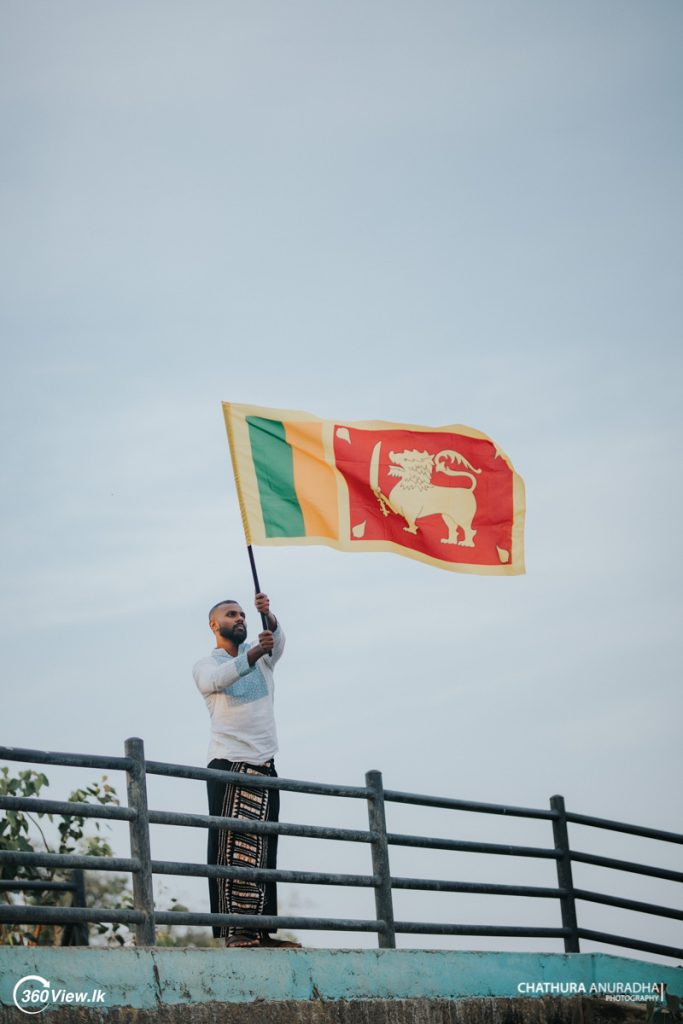

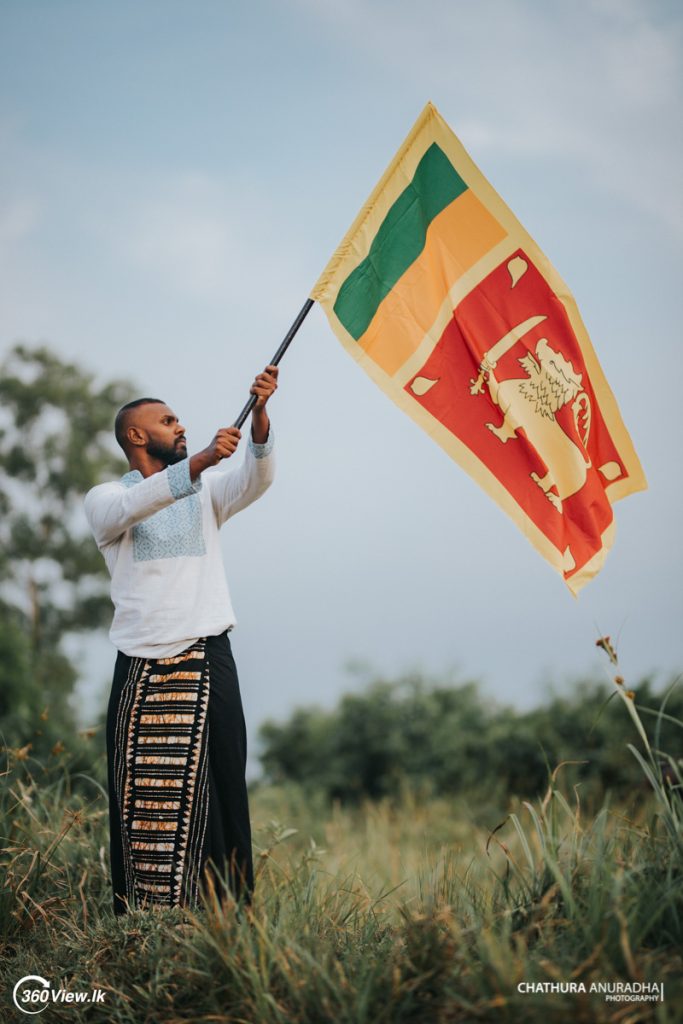

Free Download Sri lanka National Flag Photos | Sri Lanka Flag Wallpaper Free Download